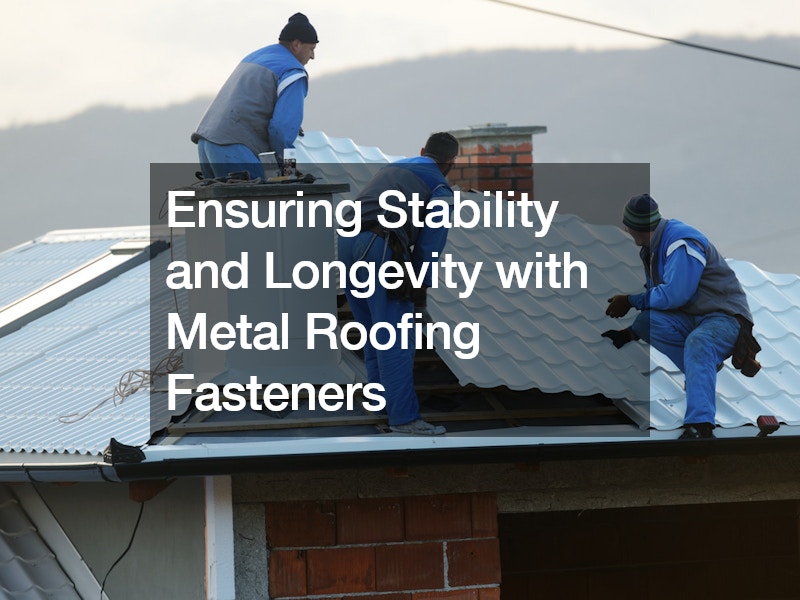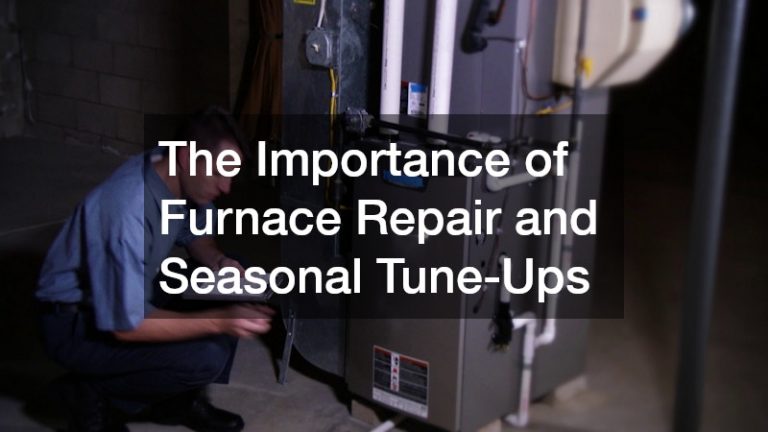

Metal roofing is a popular choice for both residential and commercial buildings due to its durability, longevity, and aesthetic appeal. However, the effectiveness and longevity of a metal roof depend not only on the quality of the roofing material but also on the installation process and the choice of metal roofing fasteners.
Metal roofing fasteners play a crucial role in securing metal panels to the underlying structure, providing stability and resistance against various weather elements. These fasteners are typically screws or nails specifically designed for use with metal roofing systems.
The proper selection and installation of metal roofing fasteners are essential for ensuring the integrity and longevity of the roof.
One of the primary considerations when selecting metal roofing fasteners is the material composition. Stainless steel, aluminum, and galvanized steel are common choices for metal roofing fasteners due to their corrosion resistance and durability. Stainless steel fasteners are particularly well-suited for coastal areas or regions with high humidity, as they offer superior resistance to corrosion caused by saltwater exposure.
In addition to material composition, the design of metal roofing fasteners also plays a crucial role in their performance and longevity. Self-drilling or self-tapping screws are often preferred for metal roofing installations, as they eliminate the need for pre-drilling holes and ensure a secure and efficient installation process. These screws feature a sharp, self-drilling tip that cuts through the metal panels, creating a pilot hole and securing the fastener in one step.
Furthermore, the size and length of metal roofing fasteners must be carefully selected to accommodate the thickness of the metal panels and the structural requirements of the roof. Using fasteners that are too short or too long can compromise the integrity of the roof and lead to leaks or structural issues over time. Manufacturers typically provide guidelines for selecting the appropriate size and length of fasteners based on the specific metal roofing system being installed.
Another important consideration when choosing metal roofing fasteners is their resistance to thermal expansion and contraction. Metal roofing panels expand and contract with fluctuations in temperature, placing stress on the fasteners over time. To mitigate this issue, it is essential to select fasteners with a design that allows for thermal movement without compromising their grip on the metal panels.
Proper installation of metal roofing fasteners is equally important for ensuring the stability and longevity of the roof. Fasteners should be installed according to manufacturer guidelines, ensuring they penetrate the metal panels and securely anchor them to the underlying structure. Overdriving or underdriving fasteners can compromise their effectiveness and lead to issues such as leaks or wind uplift.
Additionally, the spacing and placement of metal roofing fasteners must be carefully planned to provide adequate support and resistance against wind uplift and other forces. Fasteners should be evenly spaced along the seams and edges of the metal panels, with additional fasteners installed at critical areas such as ridges, hips, and eaves.
Regular maintenance and inspection of metal roofing fasteners are essential for detecting and addressing any issues promptly. Over time, fasteners may loosen or corrode, compromising their effectiveness and potentially leading to roof leaks or structural damage. Periodic inspections should be conducted to check for loose or damaged fasteners, with any necessary repairs or replacements carried out promptly to ensure the continued integrity of the roof.
In conclusion, metal roofing fasteners are integral components of a metal roof system, providing stability, durability, and resistance against various weather elements. Proper selection, installation, and maintenance of metal roofing fasteners are essential for ensuring the long-term performance and longevity of the roof. By choosing high-quality fasteners, following manufacturer guidelines, and conducting regular inspections and maintenance, property owners can enjoy a durable and reliable metal roof for years to come.
.


